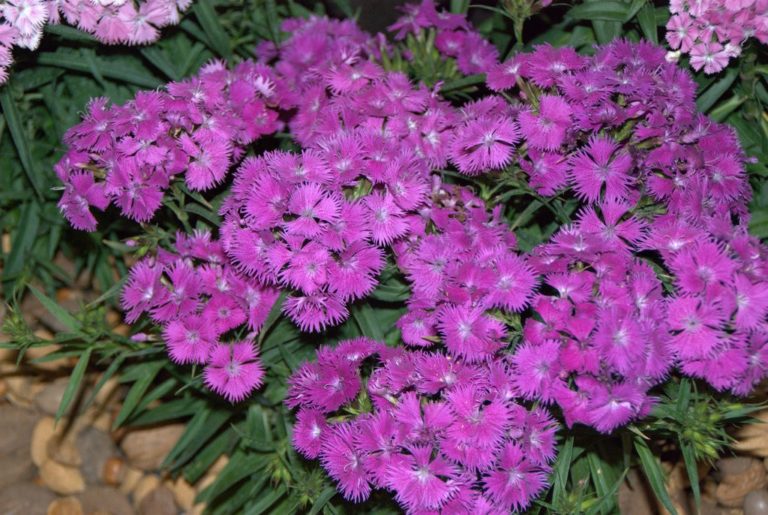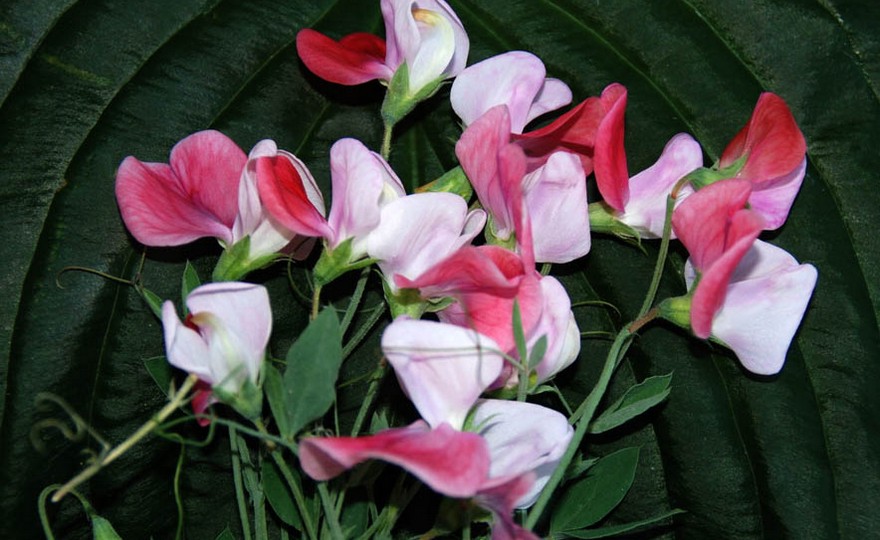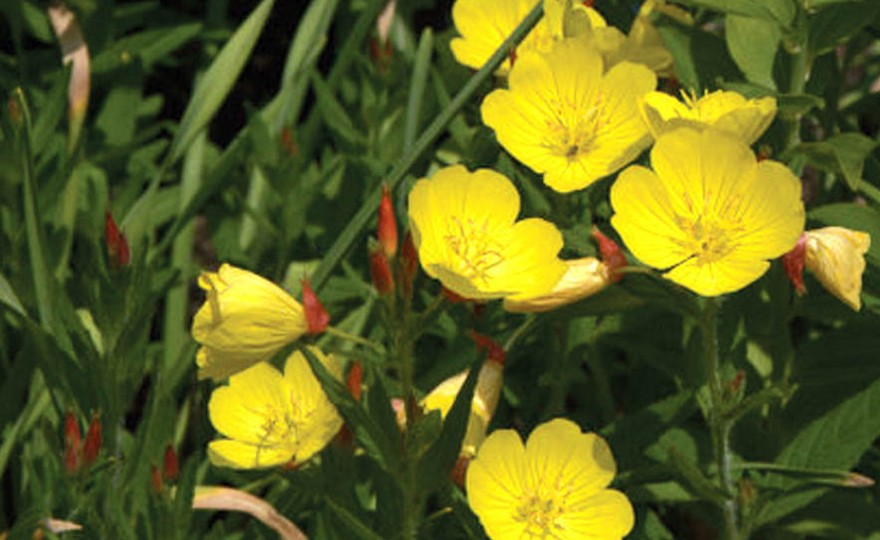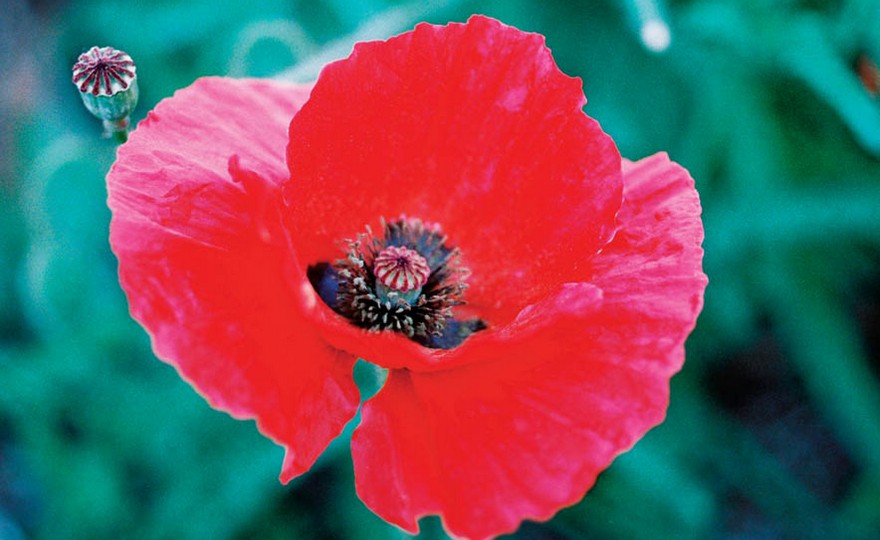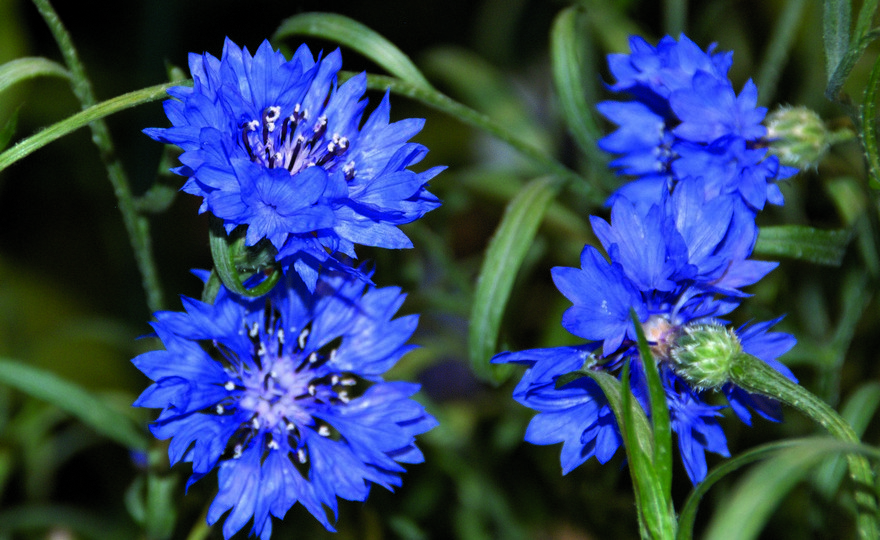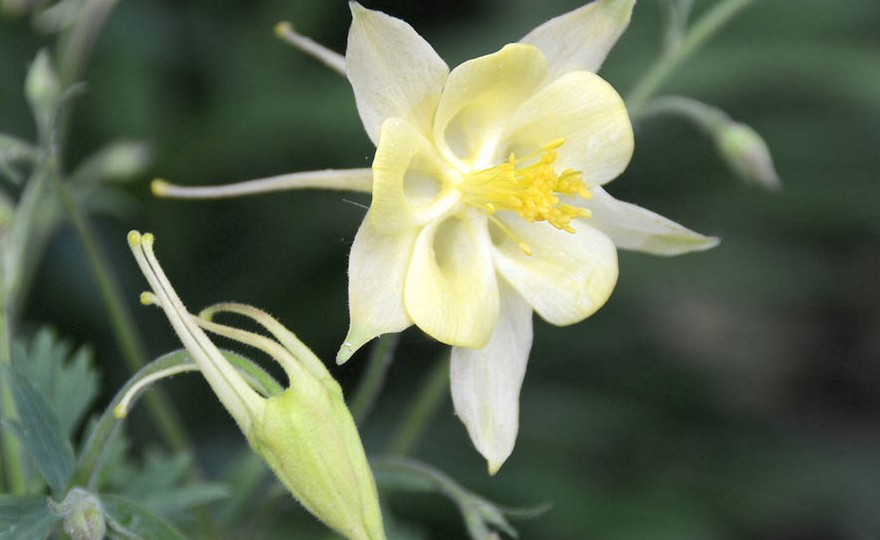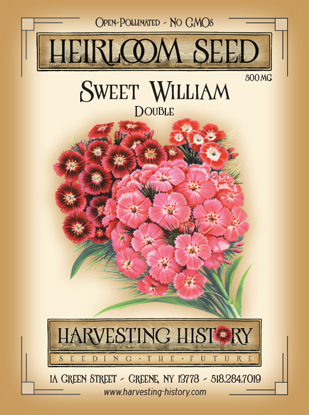
Sweet William, Double
-
- **SOLD OUT** HOLIDAY GIFTS **SOLD OUT**
- **SOLD OUT** Holiday Books **SOLD OUT**
- **SOLD OUT** Holiday Citrus **SOLD OUT**
- **SOLD OUT** Holiday Gift Certificates **SOLD OUT**
- **SOLD OUT** Holiday Paperwhites **SOLD OUT**
- **SOLD OUT** Holiday Praying Mantis Kits **SOLD OUT**
- **SOLD OUT** Holiday Tools **SOLD OUT**
- **SOLD OUT** Holiday Wildflower Mixtures **SOLD OUT**
- Citrus Trees
- **SOLD OUT** - Vegetable and Herb Plants - Mix & Match any 6 Plants for $50 - Only Shipped in Quantities of 6
- Elephant Ear Plants & Roots
- **SOLD OUT** 4-Inch Pot Herb Plants **SOLD OUT**
- Rare Plants
- **SOLD OUT** Vining Plants **SOLD OUT**
- Asian Seeds
- Beneficial Bugs
- Books
- Citrus Fertilizers
- Cold-Treated Bulbs - SEE BULBS FOR FALL PLANTING TO ORDER
- Cold-Treated Allium
- Cold-Treated Chionodoxa
- Cold-Treated Crocus
- Cold-Treated Hyacinthoides
- Cold-Treated Hyacinthus Orientalis
- Cold-Treated Narcissus
- Cold-Treated Cyclamineus Narcissus
- Cold-Treated Double Heirloom Narcissus
- Cold-Treated Jonquilla Narcissus
- Cold-Treated Large Cupped Narcissus
- Cold-Treated Poeticus Narcissus
- Cold-Treated Small Cupped Narcissus
- Cold-Treated Species Miniature Narcissus
- Cold-Treated Split Cupped Narcissus
- Cold-Treated Tazetta Narcissus
- Cold-Treated Triandus Narcissus
- Cold-Treated Trumpet Daffodils
- Cold-Treated Ornithogalum
- Cold-Treated Rock Garden Iris
- Cold-Treated Scilla
- Cold-Treated Tulips
- Cold-Treated Emperor Tulips
- Cold-Treated Fringed Tulips
- Cold-Treated Green or Viridiflora Tulips
- Cold-Treated Lily Flowering Tulips
- Cold-Treated Parrot Tulips
- Cold-Treated Peony Flowering Tulips
- Cold-Treated Single Early Tulips
- Cold-Treated Single Late Tulips
- Cold-Treated Species Tulips
- Cold-Treated Triumph Tulips
- Flower Bulbs, Corms and Tubers
- Bulbs for Spring Planting
- Bulbs for Fall Planting - ALL BULBS AVAILABLE ARE COLD TREATED FOR PLANTING AS SOON AS SOIL CAN BE WORKED
- Fall Blooming Bulbs
- Garden Tools & Equipment
- Gift Certificates
- HHH Exclusive Wildflower Mixtures
- Wildflower Mixtures
- Heirloom Garlic
- Potatoes
- Roots & Sets
- Seeds
- Flowers
- Herbs
- Vegetables
- **SOLD OUT** HOLIDAY GIFTS **SOLD OUT**
-
- No products to compare
-
75 in stock
Quick Overview
Sweet William, Double
Sweet Williams started from seed are best started indoors 6-8 weeks before the last frost. The plants require full sun except in the deep South where they do best in partial shade. They like rich, sandy loam soil. Flowering begins in July. Sweet Williams can also be started outside after the danger of frost is passed. The plants will bloom the following year. Both doubles and singles love to have lime added to their soil.
| Type | Spacing | Planting Depth | Days to Germination | Blossoms |
| Annual | 8 in. | 1/2 in. | 10-14 | 45-60 |

Sweet William, Double
Sweet Williams, members of the Dianthus family, specifically Dianthus Barbatus, have been cultivated for at least 1000 years. It was the Athenians that named the flower Dianthos, from the Greek words dios (devine) and anthos (flower), but the common name, Sweet William, has a much more confusing past. Most plant historians believe that the plant is named after William the Conqueror, the conqueror of Normandy, because the plants were said to grow, “aplenty in the hills of Normandy”. Some, however, feel that the plant was named in honor of William of Aquitaine – the Saint, and still other believe that the name was a tribute to William Shakespeare who seemed to have a high opinion of the plant as is reflected in this quote by him about the plant, “for decking gardens as well as personal adornment”. Sweet Williams are tender perennials, but many gardeners treat them like biennials replanting every two years. They are known to have originated in the Pyrenees and the first written British reference is a note from the court of King Henry VIII ordering Sweet William roots to plant at his newly acquired castle at Hampton Court. The single Sweet Williams were commonly cultivated by most households in England for hundreds of years. Double varieties were much rarer, but they did exist as far back as the 16th century. Originally, Sweet Williams were highly regarded for their heavy, clove-like fragrance, but in many modern varieties this fragrance has been bred out of the flowers. Some varieties still have the fragrance, but it is rare. Joseph Breck in his 1851 book, The Flower Garden, had very definite opinions about Sweet Williams, “A bed of fine varieties presents a rich sight; it sports into endless varieties, viz., white, pink, purple, crimson, scarlet, variously edged, eyed and spotted. There are also double varieties, but they are no improvement over the single.”

